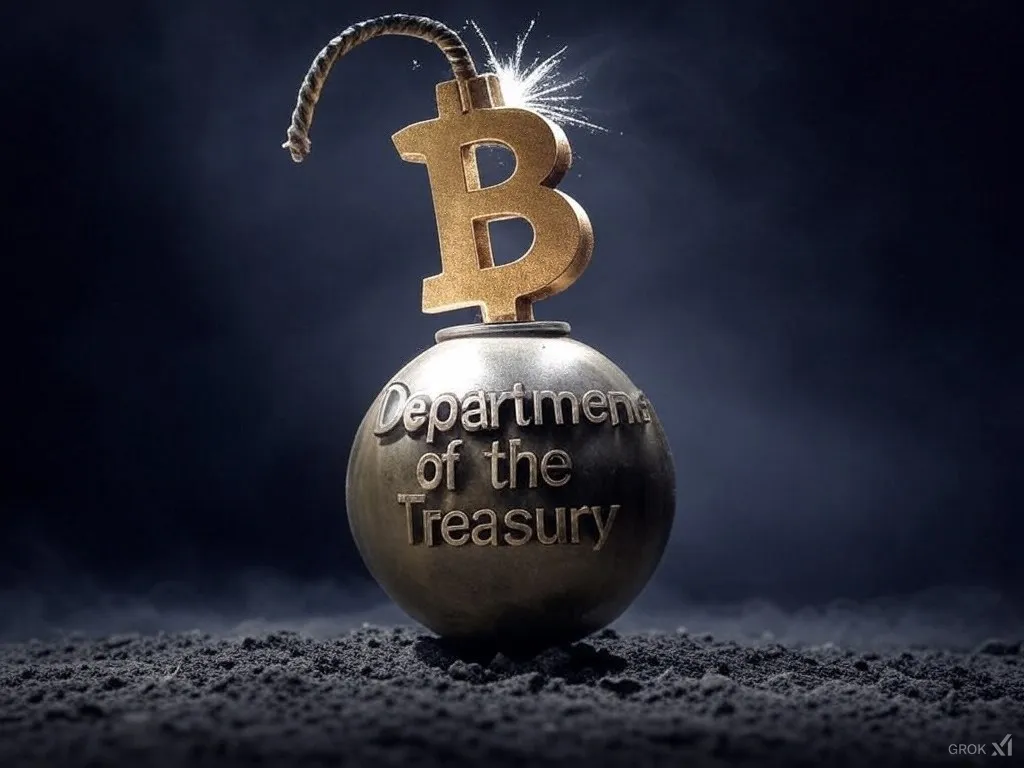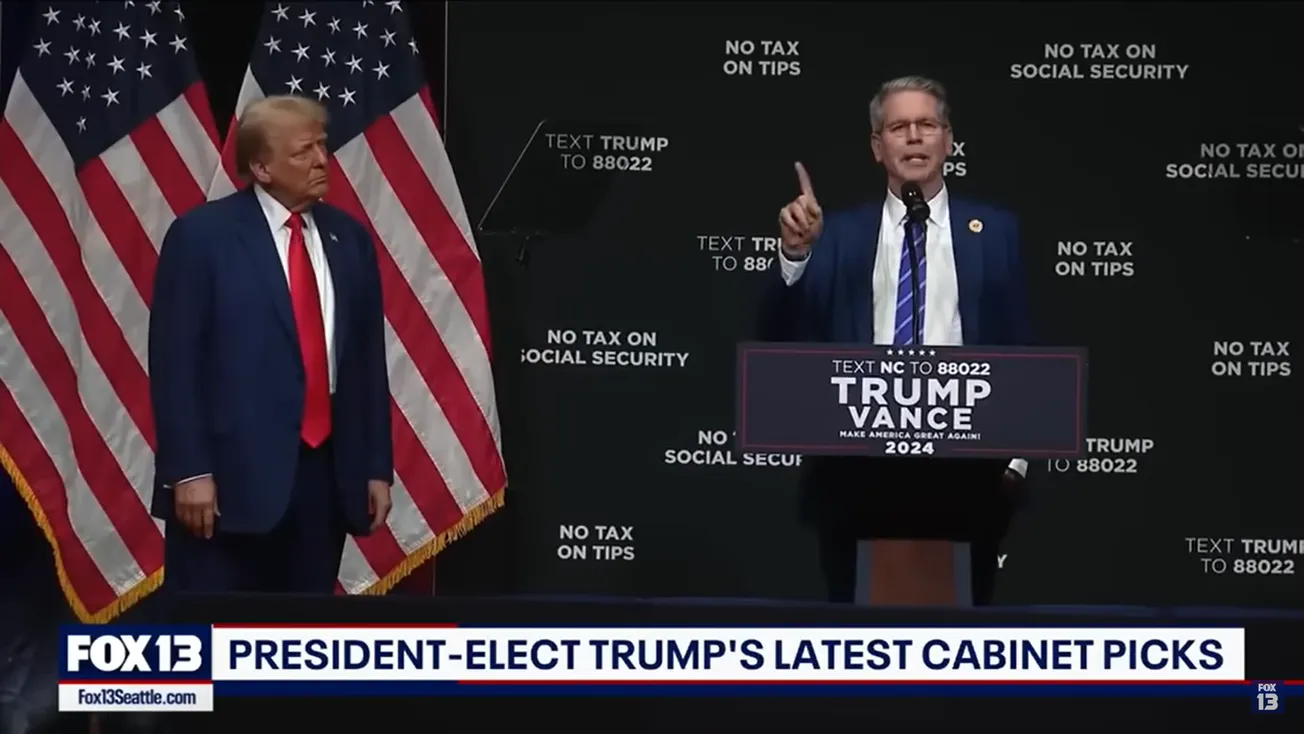The Federal Reserve Bank, by its headlong rush to jack up interest rates since the spring of 2022, with the dubious alibi that it is trying to control inflation, has placed regional and community banks in the United States, and some banks abroad, in danger of meeting the fate of the failed, $210 billion-asset Silicon Valley Bank in Santa Clara, California. Despite all the chattering of Wall Streeters and officials on Sunday about a “special fund” of the government to bail out SVB depositors and “prevent contagion to other banks,” dealing with the Federal Reserve and its economically destructive policy should be the priority.
All U.S.-based banks, of all sizes, hold U.S. Treasury securities in their capital, with the average of Treasuries, U.S. Agency bonds and state government bonds constituting around 25% of capital assets. That proportion grew during the dozen years after the 2008 crash, as Fed zero-interest rate policy created a kind of “guaranteed boom” in Treasuries with which to collateralize speculations.
The way to deal with this accumulating zero-interest dynamite was to nationalize the Fed—or to create a large National Bank for infrastructure and industry, and let banks trade their Treasury securities for equity in that bank, with long-term preferred stock with interest rates substantially higher than the Treasuries. Either way, Treasury interest rates would rise gradually toward more normal levels without creating big losses in banks’ and investment funds’ capital.








